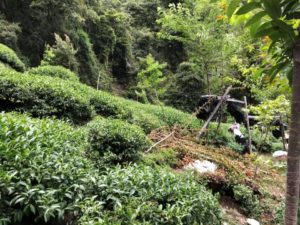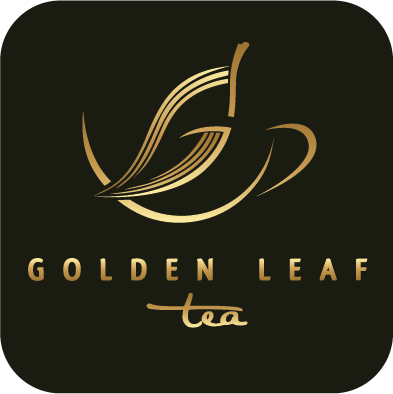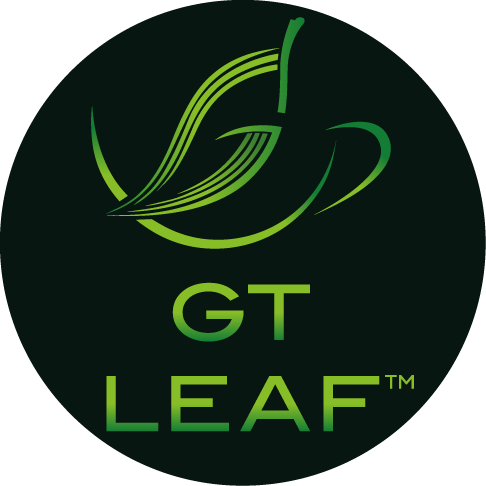7 Taiwan Oolong Teas You Should Never Buy
There are more and more “Taiwan Oolong” teas out there on the market, and a lot of them have these exotic names like Ali Shan Pearl Drop or Da Yu Ling. We often hear bloggers rave about the flavors and the pretty leaves. We also often see many tea merchants touting how they have traveled to Taiwan numerous times to procure the best teas with exotic stories. May be you have also seen the numerous tea fields and their photos. With so much bells and whistles, it is hard to choose. So instead of focusing on what is good, we have compiled a list on what you should stay away from. It’s much shorter and easier to remember. So here goes.
7 Taiwan Oolong Teas You Should NEVER Buy. Period.
Number 7 – DA YU LING OOLONG
Da Yu Ling Oolong – If you see any merchant selling this tea, RUN AWAY! Da Yu Ling Oolong is SO rare, the prices start at US$80 per 100g in Taiwan. We are not even talking about any awards or anything. Just the fact that if the tea is truly from Da Yu Ling, then it demands a basic price of USD$80 per 100g. In the recent years, Taiwan government has came down on the fake sellers of “Da Yu Ling Oolong”.
Why such a premium? Da Yu Ling Oolong is ONLY harvested in tiny quantity twice a year. Da Yu Ling is a mountainous tea growing region at 2500 meter elevation. Highest temperature is no more than 20℃, that’s a cool 68℉ .
So often, you see the merchants say…Da Yu Ling Oolong fresh from harvest in mid April… That would be your biggest sign to RUN AWAY. There is no harvest in April.
But what if money is no object, you must get yourself some Da Yu Ling, and you ask us where to buy it? We would suggest you to make a fun trip to Taiwan in late May. Book a wonderful private tour, and you can actually visit the tea fields and farmers up there. Trust me, nothing beats straight from the source.
So what’s with all the Da Yu Ling Oolong on the market? Oh …FAKE. Probably some cheap nameless teas from Taiwan or worst yet, cheap teas scented from Vietnam. There is nothing wrong with teas from Vietnam. In fact, the latest tea scandal was a tea farmer in Nantou used a cheap Vietnam teas mixed with Taiwan teas to win in the prestigious Lugu Tung Ting competition. And in the traditions of award winners, the farmer then raised the price of his tea to scam people. Of course, he has since been prosecuted and face up to 5 years of prison for fraud.
My point? There are great tasting oolong everywhere, but to call something Da Yu Ling when it is in fact not, that would be fraud.
The Real Da Yu Ling Oolong
Unlike other regions, Da Yu Ling is quite high, so Spring comes late. The first Spring harvest comes in mid May, in comparison to other regions in Taiwan, spring harvest is mostly finished by April. There is not a technical “Winter” harvest, it’s more like an “Autumn” harvest. Autumn harvest starts in the highest elevation in October, and then move down to the lower elevation by November. These harvesting time is distinctively different.
Here is an actual picture we snapped during a Da Yu Ling mid May spring harvest. The tea plants are not as manicured, since it is grown on some fairly steep slopes. Thus, making the harvests quite slow and difficult. Compound that with the short harvesting season, a true Da Yu Ling is easily some of the most expensive oolong there is.

This is the real Da Yu Ling oolong harvest.
Number 6 – Taiwan High Mountain Oolong
If anyone tries to tell you that the tea is called “Taiwan High Mountain Oolong”, RUN AWAY! Taiwan High Mountain Oolong is traditionally one of the top 10 oolongs of Taiwan, but in the recent years Taiwan is flooded with “Taiwan High Mountain Oolong” tea from Vietnam, which is much cheaper and of inferior quality. It used to be that as long as the batch of oolong tea contains 1% Taiwan origin tea, the vendors can label it as Taiwan High Mountain Oolong. The rule has recently changed, but it is extremely hard to enforce. You can always test your merchant’s authenticity by asking them the number of the cultivar. Most merchants will be scratching their heads.
Number 5 – Don’t buy tea that comes with too much story
Here is the thing…RUN AWAY when you see images of tea mixed with SO much stories. Tea is just tea. Not to be mixed with religion or prayer or yoga or some fruitcake midnight moon goddess rituals. You won’t believe the stuff we have seen. Pay attention to the time of harvest, method of harvest, place of harvest, awards, seasons, and climates. Tea is seasonal, just like produce. We can’t make good tea if mother nature gives us a bad season. Period. So don’t bother with the hype. Oh and history…well, I suppose. But seriously, we are not here for history lessons or travel stories, if anyone tries to sell you tea based on their stories…RUN! Good tea requires no words, no story, no hype.
Number 4 – Aged high mountain oolong tea
Ooo, my personal favorite. The last time I was at a trade show, a tea blogger was showing off that she scored some rare aged high mountain oolong tea from Taiwan. Don’t bother. Very few Taiwan oolong can stand up to aging, mostly that’s the heavier oxidized and heavier roasted traditional Dung Ting and Taiwan Tie Kuan Yin. You can’t age the greener lightly oxidized oolong. Period. So unless it is a heavily oxidized and roasted oolong, you should not see the date of manufacture anything more than 4 to 6 months in the past. Anything else is just old tea that the merchants can’t sell. 2016 Alishan? Please, you can’t pay me to drink that stuff.
The real aged oolong…in the past 10-15 years, a group of oolong farmers have actually begin to age their oolong. Not the stuff they can’t sell but the really good dark roast Dung Ting. When properly aged, the oolong tea will continue to mellow out and ferment. The color changes slightly from the deep dark amber to almost a reddish amber. The fragrance becomes addictive, it’s not quite your typical Dung Ting, and it takes on a deep sweet plum scent. Be warned, the real aged Dung Ting oolong isn’t cheap.
Number 3 – Name Dropping
There are lots of merchants who name drop. Ms. Chen, Mr. Lin, Mr. Wong, Mr. Ma…blah blahblah. Honestly, it’s sort of like saying Tom, Dick, and Harry. Seriously! There are lots of tea masters out there, but they are nothing spectacular in Taiwan. Taiwan is a tea making country, it’s only natural to have lots and lots of masters. So, if you see any merchant doing a name drop to hint at their tea is good…RUN!
There are a few awards worthy of mentioning though, and it would be spectacular if you ever gets an invitation to visit the exhibition. Any of the competitions in Lugu is well worth it. But the Spring competition is particularly prestigious.
And here is a tip, any tea farmers who enter and win at the competition are bound to follow the agricultural association’s set price for tea. The exhibition will be a great place to scoop up real good teas at a reasonable price.
Number 2 – Organic
There is only a handful tea farms in Taiwan that has the USDA Organic or EU Organic designation. And it doesn’t mean anything, having an organic designation doesn’t make the tea you are drinking safer. Unless your merchant is willing to show you lab test results, don’t assume the tea you just bought is free of any chemicals.
The real truth: Many higher elevation and award winning tea plantations are all slowly switching to organic farming technique.
Number 1 – Bottled Oolong, Oolong Extract, Oolong Powder
Save yourself a lot of money, buy a good thermos and skip the bottled oolong or oolong tea powders. Last year, there was hype on a cold brewed tea, bottled in wine bottles and sold for an obscene amount. FYI…cold brewing just mean to brew tea leaves in cold water. Tea + water + in the fridge for 12 hours. Sit and wait. Save your money.
There you have it! We actually had a lot of fun writing this, and we hope you will have fun reading it.


